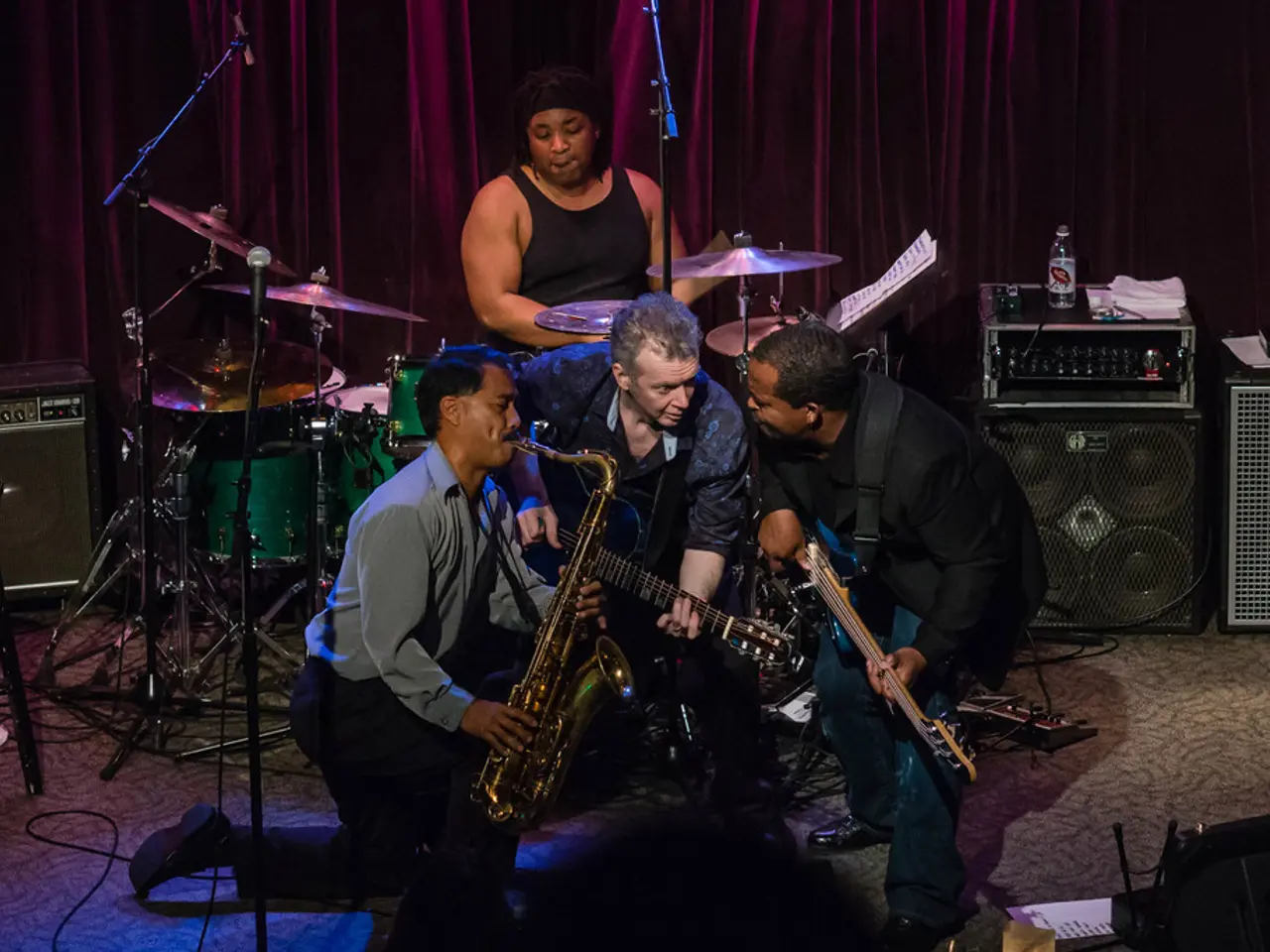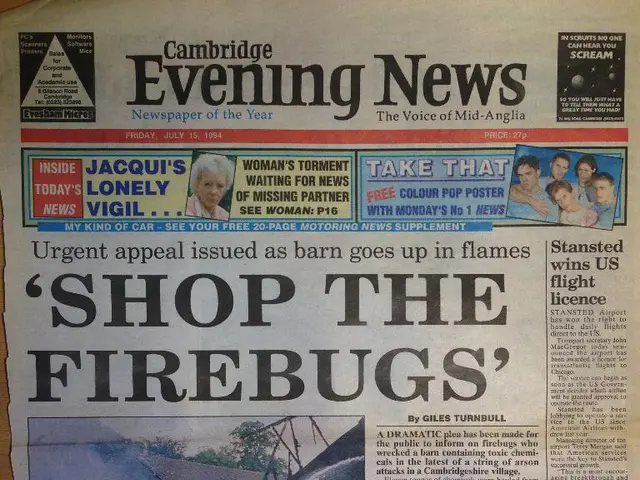Comprehensive Handbook on Reverb for Musicians and Audio Engineers
=========================================================================================
In the realm of music production, reverb plays a crucial role in creating a sense of space and depth. This article aims to demystify the various types of reverb and their suitability for different musical genres, providing expert tips and top online resources to help you make informed decisions.
Reverb Types and Their Genre Suitability
Different reverb types can significantly impact the overall sound of a mix. Here's a breakdown of some popular reverb types and their typical genre applications:
- Spring Reverb: Known for its bright and vivid sound, spring reverb is commonly found in guitar amps and suits genres like vintage, surf, and indie music.
- Plate Reverb: Smooth and classic, plate reverb is great on guitars and vocals. It gained fame in the '60s and '70s, with iconic recordings by The Beatles and The Moody Blues. This type of reverb is ideal for genres needing a lush yet clear ambience.
- Hall Reverb: Simulating large concert halls, hall reverb creates spacious, majestic sounds perfect for orchestral, ballads, or dream pop vocals and instruments.
- Room Reverb: Mimicking sound in a smaller natural space, room reverb is suitable for realistic and intimate sounds, used widely across genres.
- Gated Reverb: Famous for '80s pop and tight percussion, gated reverb creates a punchy, defined reverb tail.
- Reverse Reverb: Adding ethereal, atmospheric textures, reverse reverb is used in dream pop and shoegaze to create cinematic builds.
Expert Tips
To make the most of your reverb choices, consider these expert tips:
- Experiment with dual-mode reverbs that combine two slightly different reverbs to add depth and dimension to your mix.
- Fine-tune character settings such as tone, texture, and movement, tailoring reverb behavior to the song’s aesthetic.
- Use spring and hall reverbs for clean, minimalistic ambient effects, especially in bedroom pop and dream pop styles.
- For vintage guitar tones, opt for plate reverbs, which offer a smooth, rich character without the "boingy" sound of springs.
- Reverse reverb and delayed reverb are excellent for adding dreamy, washed-out textures, especially in genres like shoegaze and ambient music.
- When mixing, choose reverb types that complement the instrument's role and the genre’s characteristic sound to avoid clutter or unnatural ambience.
Top Online Resources
To further your reverb knowledge, check out these top online resources:
- The UFX REVERB User Guide offers an exploration of diverse reverb modes and detailed tone shaping.
- Anatomy of Tone's comprehensive guide on guitar reverb explains types and usage with example gear recommendations (e.g., UA EMT 140 plugin, Strymon BigSky pedal).
- Guitar Guitar's pedal guide explains reverb types and practical use on guitar, helping you understand genre context.
- Loopy Demos provides genre-specific pedal recommendations with usage tips for bedroom pop and dream pop reverb sounds.
- YouTube tutorials like "Mastering Reverb and Delay to Elevate Your Mix" offer practical mixing advice and creative ideas for spatial effects.
By understanding the various reverb types and their applications, you can master the art of reverb in your music production journey. Whether you're creating a wide, immersive soundscape, panning reverb effects, or shaping your audio elements to fit your creative vision, the key is to match the reverb's sonic character and decay to the song's style and instrumentation while using presets and controls creatively to enhance rather than clutter the mix.
In a live setting, remember to balance reverb to avoid overwhelming your sound, and consider using classic units like Lexicon for a rich, authentic sound. With these insights, you'll be well on your way to creating stunning reverb effects that elevate your music to new heights.
Read also:
- IM Motors reveals extended-range powertrain akin to installing an internal combustion engine in a Tesla Model Y
- Amazon customer duped over Nvidia RTX 5070 Ti purchase: shipped item replaced with suspicious white powder; PC hardware fan deceived, discovers salt instead of GPU core days after receiving defective RTX 5090.
- BMW swiftly slashes prices for its upcoming 2026 electric vehicles
- Energy-efficient yet noisy, the Abarth 600e is a petite electric vehicle boasting a strong punch.








